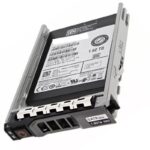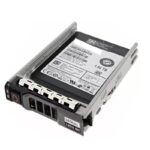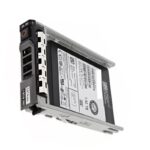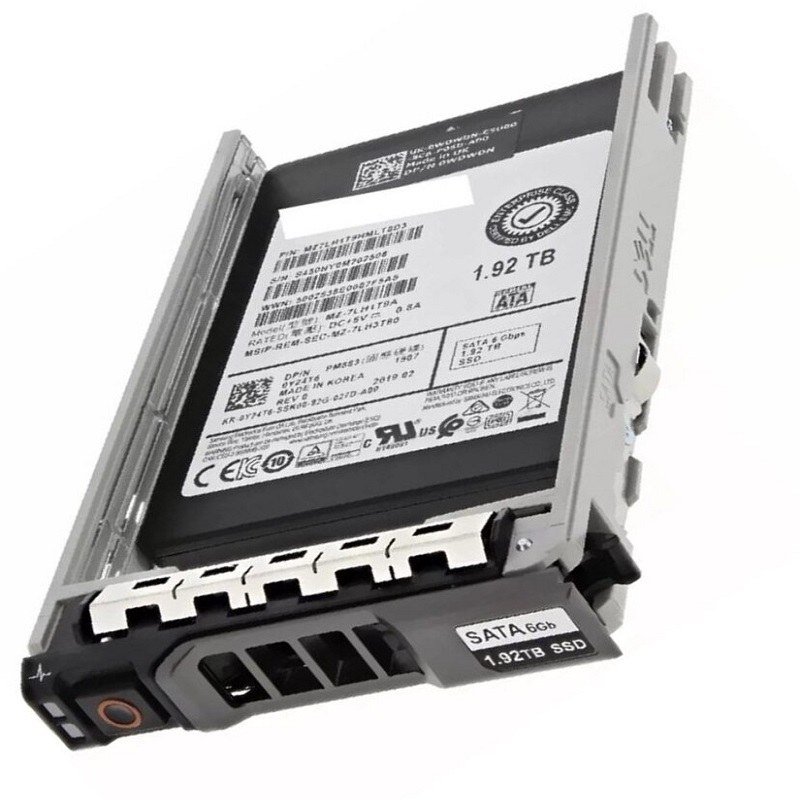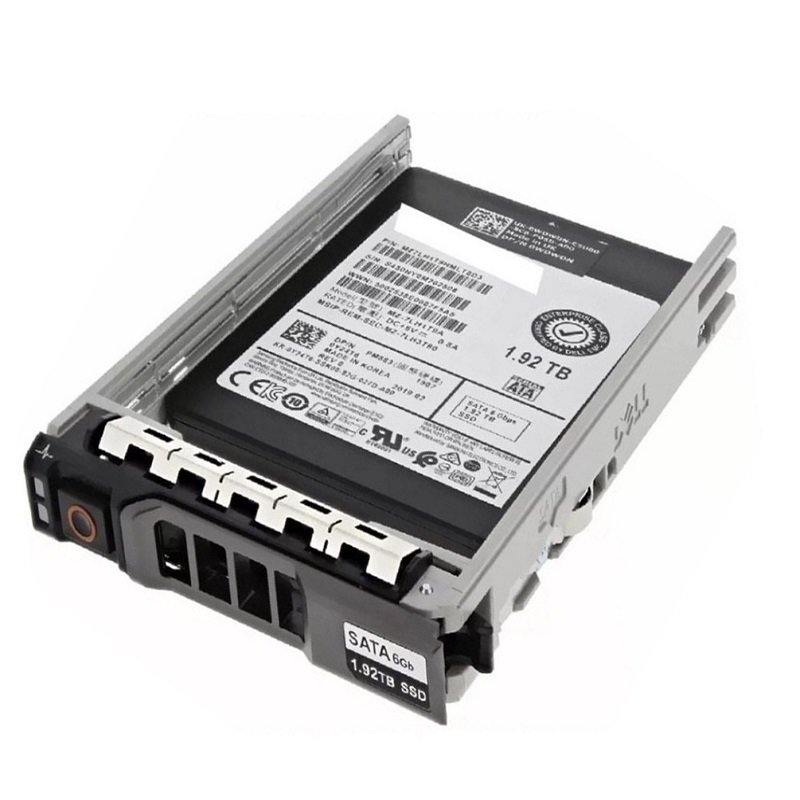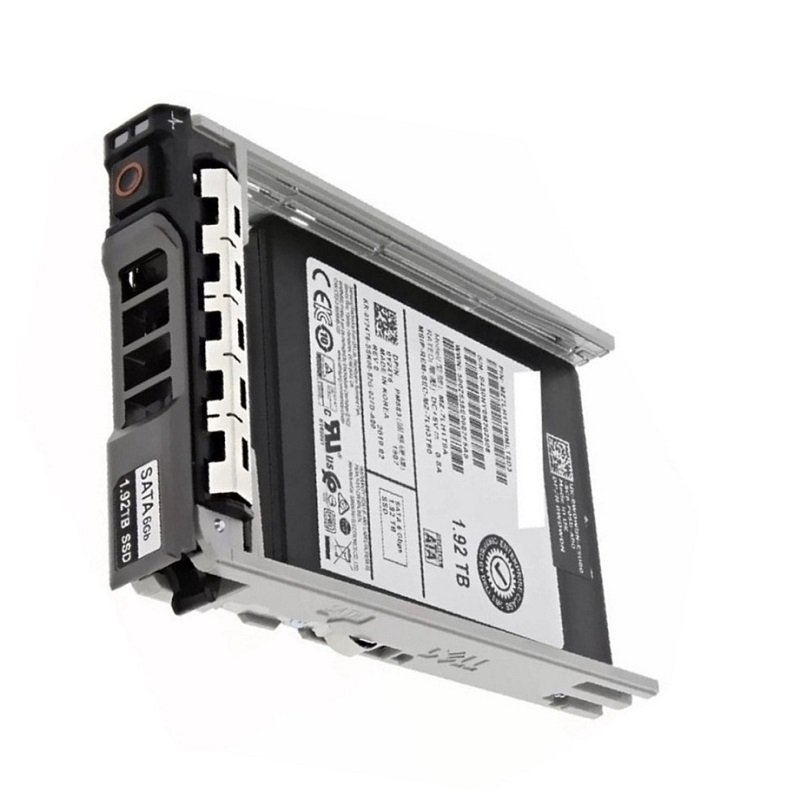High-Performance Storage
High-performance storage for 1.92TB of data using a SATA 6Gbps SSD refers to a drive that offers fast data transfer speeds, low latency, and high endurance.
One key factor in determining the performance of an SSD is its data transfer speed, which is typically measured in terms of sequential read and write speeds. These speeds indicate how quickly the drive can read and write large files. High-performance SSDs typically have sequential read speeds of 550 MB/s or higher and sequential write speeds of 520 MB/s or higher. Random read and write speeds are also important, as they will reflect the performance of the drive when dealing with small files or random access.
Another important factor in determining the performance of an SSD is its latency, which refers to the time it takes for the drive to respond to a request for data. Low latency is important for applications that require quick access to data, such as gaming or video editing. High-performance SSDs typically have low latency.
Endurance is also an important factor to consider when choosing a high-performance SSD. Endurance refers to the number of write cycles an SSD can handle before it begins to degrade in performance. High-endurance SSDs can handle more write cycles, which means they have a longer lifespan and are less likely to fail.
When looking for a specific SSD model, reputable manufacturers such as Samsung, Western Digital, Crucial, or Intel offer high-performance drives that are suitable for a variety of applications. These drives typically have fast read and write speeds, low latency, and high endurance. They also offer a range of capacities, including 1.92TB, which makes them suitable for high-performance storage solutions.
Large Data Storage Solutions
Large data storage solutions for 1.92TB of data using a SATA 6Gbps SSD involve different methods to store and manage large amounts of data. These methods include:
- RAID (Redundant Array of Independent Disks) – RAID is a way of combining multiple physical drives into a single logical storage unit. This can provide increased storage density and reliability by spreading data across multiple drives, which can protect against data loss in case of drive failure. RAID 0 and RAID 1 are common RAID configurations that can be used to increase storage capacity and redundancy, respectively.
- JBOD (Just a Bunch of Disks) – JBOD is a method of combining multiple physical drives into one large storage volume without the use of RAID. This allows for the use of multiple drives to increase storage capacity without the added complexity of RAID.
- Network Attached Storage (NAS) – A NAS is a device that connects to a network and allows for the sharing and storage of data across multiple devices. A NAS can be a good option for large data storage as it allows for easy access to data from multiple devices and can be expanded with additional drives as needed.
- Cloud Storage – Cloud storage services such as Google Drive, Dropbox, or Amazon S3 allow for the storage of data on remote servers. This can provide large data storage capacity without the need for physical storage devices.
Maximizing Performance
Maximizing performance for 1.92TB of data using a SATA 6Gbps SSD involves a combination of hardware and software optimizations.
- Hardware Optimizations:
- Choosing a high-performance SSD from a reputable manufacturer that offers fast read and write speeds, low latency, and high endurance.
- Using a RAID configuration to increase performance and data redundancy. For example, using RAID 0 can increase performance by allowing the computer to read and write data to multiple drives simultaneously.
- Ensuring that the computer’s hardware and software are compatible with the SSD and not causing bottlenecks in performance.
- Software Optimizations:
- Keeping the SSD firmware up-to-date to ensure that it is running the latest version of the software that can improve performance and fix any bugs.
- Keeping the operating system and drivers up-to-date to ensure that the SSD is being used to its full potential.
- Using a disk defragmenter to optimize the layout of files on the SSD.
- Enabling the AHCI (Advanced Host Controller Interface) mode in the BIOS for improved performance.
- Using a disk cleanup tool to remove unnecessary files and free up space on the SSD.
- Disabling unnecessary background services and processes to free up system resources.
It’s important to note that the overall performance of an SSD can be affected by the usage pattern, workload, and the environment. So, it’s important to monitor the performance of the SSD and make adjustments as needed.
